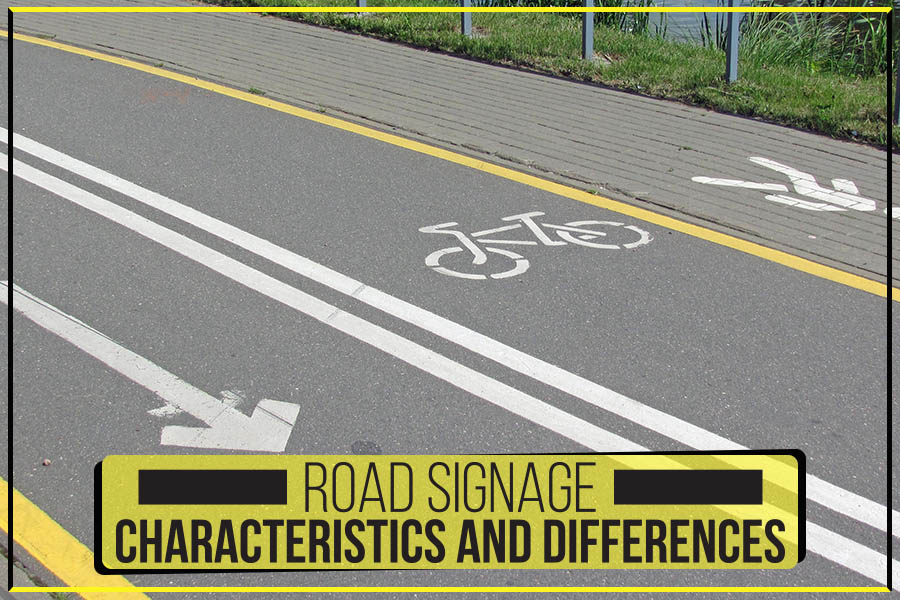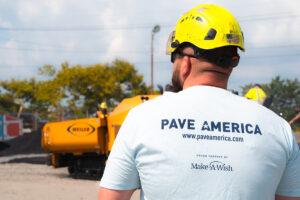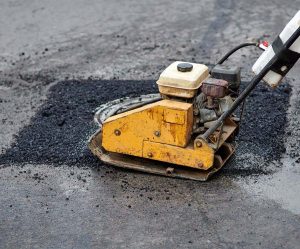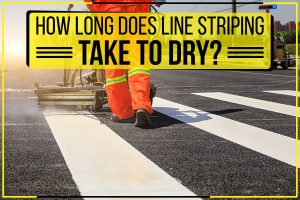With the increase in cars in circulation and the ability to move quickly from one place to another, road signs have become a necessity. Imagine having no idea where to go and which direction to follow – this will cause problems and waste valuable time.
For this reason, having clear signs is essential when navigating new and unknown destinations. But it’s not just about indications.
Road signs are essential to avoid accidents, manage the flow of cars, motorcycles, buses, trucks, cyclists, and pedestrians.
Imagine residing in big centers like Severna Park, MD, without traffic lights, pedestrian crossings, or directions to return to the main streets.
What would happen?
Chaos would reign in every street of the county!
At Standard Striping Inc., we have several products related to road signs. Let’s take a closer look at each and what makes it unique.
How Road Signs Differ
Road signs comprise of different categories of signs, depending on the position each occupies, the support used, and the function it performs. The following are some of the common types of road signs.
1. Vertical Signage
Vertical signals made their appearance on streets a few years after the manufacturing of the first motor vehicle. The need to have this type of sign was to signal the level crossing, one of the most pressing dangers for motorists.
Vertical signs include the signs placed on a carriageway’s sides, which have a vertical position and rest on a support.
To date, the subdivision of vertical signage includes four categories:
- Warning Signs: These generally have a triangular shape and indicate the type of risk you can run into.
- Prescription Signs: The sign shape is round and indicates a prohibition or obligation.
- Indication Signs: These signs provide helpful information to users about roads and directions.
- Supplementary Panels: They are positioned together with another type of signal to display relevant information.
As for the shapes, we have:
- Triangular shapes – to signal danger;
- Arrows – to indicate a direction;
- Circulars – for signs of prescription or discipline.
2. Horizontal Signage
Horizontal signage regulates the movement of vehicles and pedestrians. It consists of the signs present on the road pavement, such as stripes and writings.
The idea of creating horizontal signs dates back to the early 1900’s when it was assumed that they were more evident in case of danger than vertical signs.
Road markings vary depending on the country in which you drive. However, in general, the most popular colors are white and yellow. Other colors, such as blue and orange, are used to mark parking areas and reserved parking spaces.
The most common road marking type is the center lines, which divide the carriageway into two traffic lanes. These can be:
- Continuous – in the sections where overtaking is prohibited;
- Dashed – where overtaking is allowed;
- Double and continuous – which must not be crossed;
- Double, one of which is dashed – the driver must consider the line that delimits his lane.
On the sides of the roads, to delimit the carriageway, there are marginal strips. They are continuous and must not be overstepped. Some examples of the use of road markings are:
- Directional arrows;
- Return arrows;
- Presence of the STOP;
- Cycle paths;
- Level crossing.
3. Luminous Signage
Luminous signs are used to attract users’ attention immediately, in particular conditions or sudden changes. This type of signage consists of a support and a lighting system. It is generally positioned visibly above the carriageways or resting on overpasses.
The most common luminous signs include:
- Regular vehicular traffic lights;
- Vehicular lanes for public transport vehicles, pedestrians, cycles;
- Reversible lanes;
- Flashing yellow traffic lights.
In addition to the traffic lights, there are:
- Special luminous signals including variable message panels, luminous columns, the signs embedded in the carriageway or the sidewalk edges of the traffic dividers and life jackets, and luminous margin delineators.
- Warning and prescription lights
- Luminous indication signals.
- Luminous billboards detecting the speed of vehicles in transit in real-time.
4. Complementary Signage
Complementary signage consists of:
- Marginal delineators: these are the “poles” placed on the sides of the roads and in the tunnels. They have reflective elements to highlight the course of the road, especially at night.
- Delineators for mountain roads: on mountain roads subject to snow, there are long poles, about 3 meters, with yellow and black lines.
- Narrow curve delineators: they have the function of highlighting the curves and have arrows to indicate their direction. They are also used in T-intersections, where they signal the possibility of going left or right and not colliding with an obstacle.
- Delineators and obstacle warning devices
Reflective stickers of different colors are placed on each type of delineator depending on the type of function: yellow in the margin delineators on one-way streets, white and red on two-way streets.
At Standard Striping Inc., we offer premium signage installation services for parking lots, roadways, driveways, and other paved surfaces in Severna Park, MD. Our work is based on product quality and certification. Over the years, we have developed an extensive catalog of products for various road signs in compliance with the county code.
If you require more information about our road sign services, please visit our website.
